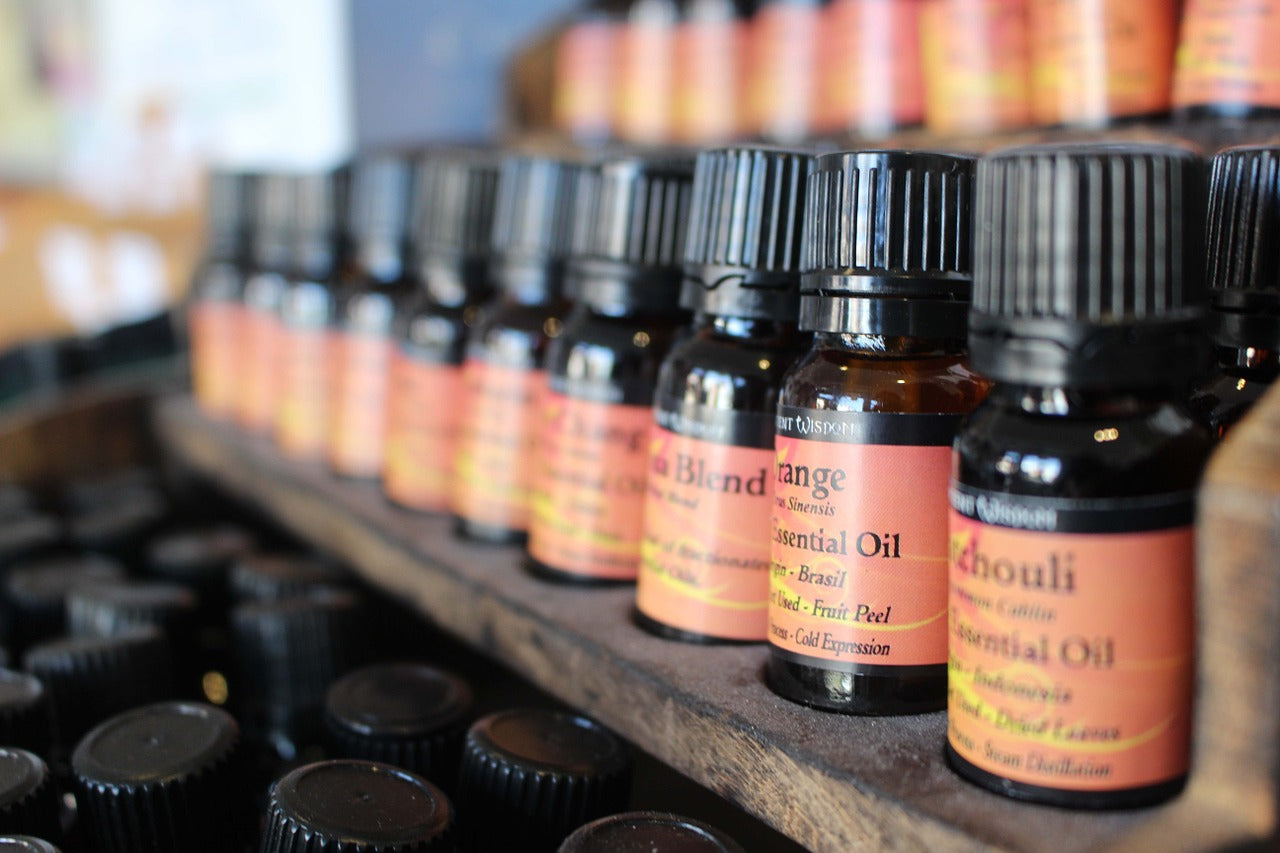Essential Oils Are Not Essential — They’re Irritants
Fragrance sells. Biology does not care. As a cellular biologist and formulator, my stance is blunt: essential oils and “parfum” are non-essential to skin health and routinely harm barrier function, worsen sensitivity, and accelerate visible aging. OUMERE is engineered fragrance-free on purpose.

The industry treats scent as a feature; your skin treats it as a threat. Consumers are conditioned to equate “smells nice” with “works well.” That’s marketing logic, not cellular logic. If a product’s job is to hydrate, repair, or protect, then fragrance is at best irrelevant and at worst inflammatory.
Myth vs. Mechanism
Myth: Essential oils are “natural,” therefore gentle and beneficial.
Mechanism: Essential oils are volatile aromatic compounds a plant uses to attract pollinators and deter predation. On human skin they frequently act as sensitizers—irritating keratinocytes, disrupting lipids, and triggering immune cascades that manifest as “sensitivity,” redness, stinging, and dermatitis.

Essential Oils ≠ Nutrient Oils
Don’t confuse volatile essences with nutritive lipids. Seed/fruit oils (e.g., avocado) supply fatty acids, sterols, pigments—materials the barrier can actually use. Essential oils supply scents and sensitizers.


What Essential Oils Do To Skin (Cellular View)
- Barrier disruption: Volatile components disturb intercellular lipids, increasing TEWL and reactivity.
- Immune priming: Repeated low-grade irritation “trains” skin toward chronic sensitivity and redness.
- Cytotoxicity: Several oils are directly irritating to keratinocytes; repeated exposure accelerates damage to ECM (elastin/collagen).
- Photosensitization: Citrus oils (bergamot, lemon, lime, grapefruit) raise UV reactivity—more pigment, more wrinkles, higher long-term risk (documented phototoxic reactions exist).

“Fragrance” ≠ Transparent
INCI allows brands to hide complex mixtures (e.g., Balsam of Peru) under a single word: fragrance. If you patch test as allergic to balsam or linalool/limonene, “fragrance” is a blind spot—and a risk.
Scent Is Not Skin Care
Aromatherapy may feel calming; that does not convert fragrance into a daily treatment. And “antibacterial” talking points are red herrings—essential oils are not broad-spectrum preservatives, and irritating them onto compromised skin only worsens the microbiome state.
Longitudinal observations in clients who removed all fragrance (EO + synthetic) show rapid decreases in redness, stinging, and “mystery” breakouts within weeks, with concurrent improvements in hydration and texture when replaced with a controlled, fragrance-free regimen.
What To Use Instead (Fragrance-Free, Biology-First)
Oil Dissolution Theory Cleanser
Non-stripping cleansing without perfumes. Preserves the lipid architecture skin depends on.
No. 9 Daily Chemical Exfoliant
Controlled PHA/AHA renewal—no scrubs, no volatile scent load, no micro-lacerations.
UV-R Anti-Inflammatory Serum
High-density anti-inflammatory actives. Fragrance-free by design to protect collagen.
Serum Bioluminelle
Balanced lipid + aqueous layers for structural support and hydration—no perfume, ever.
Guides & Research Library (Internal Links)
Conclusion: Your Face Isn’t A Diffuser
You can have skin care that smells like a candle, or skin care that behaves like biology. Choose results. OUMERE is fragrance-free and evidence-driven—because “first, do no harm” shouldn’t be controversial.
References
- Chamorro, E.R. et al. (2012). Study of the chemical composition of essential oils by gas chromatography. InTech.
- Edris, A.E. (2007). Pharmaceutical and therapeutic potentials of essential oils. Phytother Res, 21(4), 308–323.
- Hammer, K.A. et al. (2006). Toxicity of tea tree oil. Food Chem Toxicol, 44(5), 616–625.
- Kaddu, S. et al. (2001). Bullous phototoxic reactions to bergamot oil. J Am Acad Dermatol, 45(3), 458–461.
- Larson, D.; Jacob, S.E. (2012). Tea tree oil. Dermatitis, 23(1), 48–49.
- de Oliveira, M.L.M. et al. (2014). Continuous use of Lippia sidoides oil induces cutaneous inflammation. J Ethnopharmacol, 153(1), 283–289.
- Posadzki, P. et al. (2012). Adverse effects of aromatherapy. Int J Risk & Safety in Medicine, 24(3), 147–161.
- Trattner, A. et al. (2008). Occupational contact dermatitis due to essential oils. Contact Dermatitis, 58(5), 282–284.
- Schmalz, G.; Arenholt-Bindslev, D. (2009). Biocompatibility of Dental Materials. Springer.


